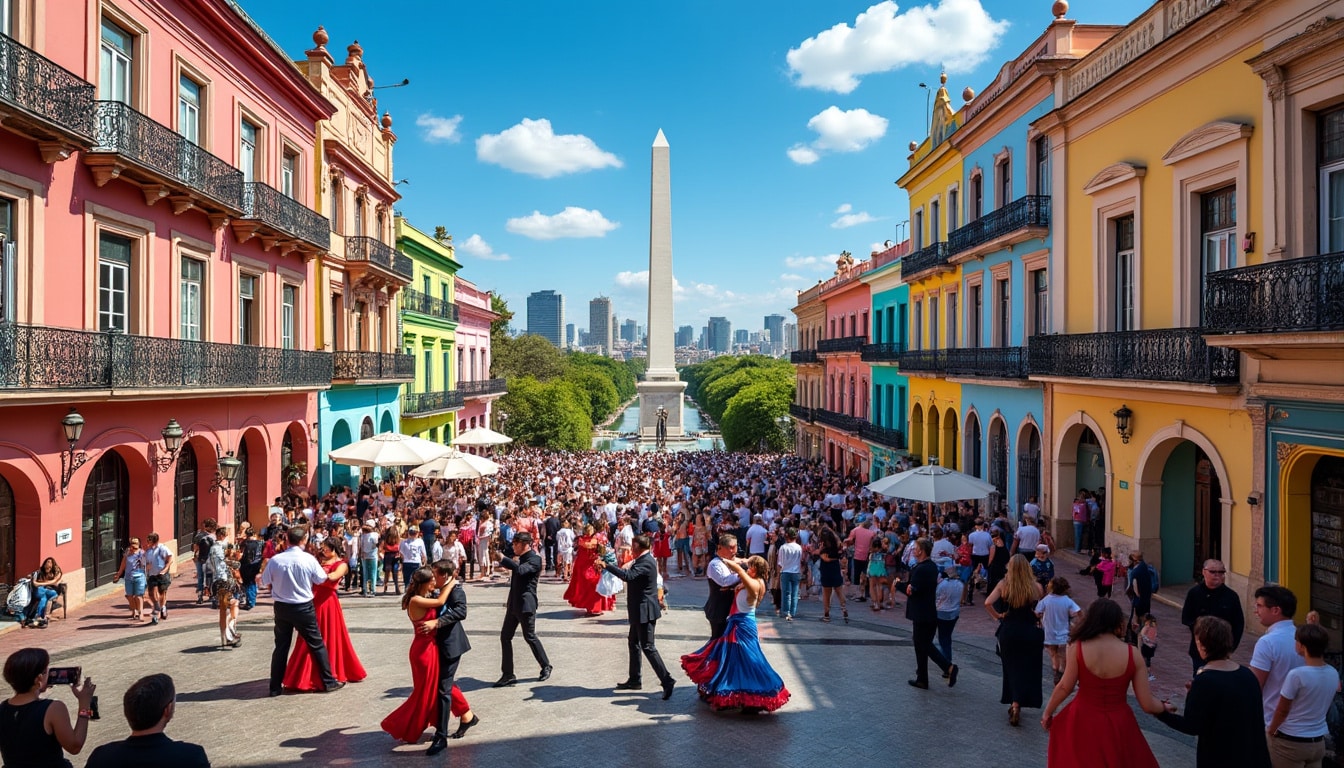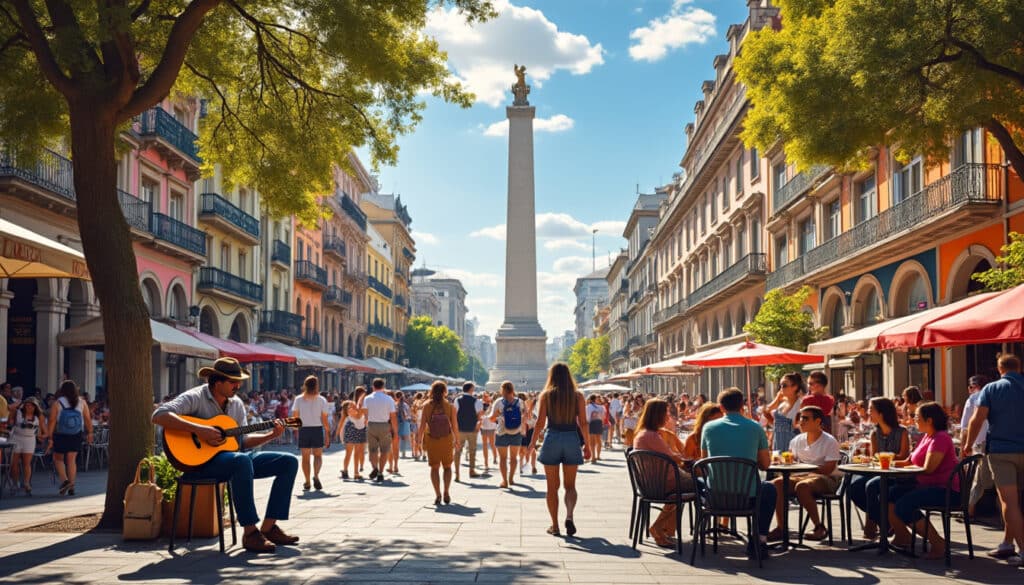Buenos Aires, the heart and soul of Argentina, is not just a city, but an experience. Known for its vibrant culture, architectural marvels, and passionate tango, Buenos Aires offers surprising facts and curiosities that even frequent visitors may find fascinating. With its mix of European charm and Latin spirit, the capital is a melting pot of history, diversity, and unique traditions. From its role in global history to the bustling street life today, let’s unravel some fun facts that make Buenos Aires uniquely captivating.
The Tango: A Dance of Passion and History in Buenos Aires
The tango, synonymous with Buenos Aires, is more than just a dance. It is a window into the soul of Argentina, born out of the diverse immigrant communities that arrived in the late 19th century. This dance that intertwines European, African, and Native American elements was initially performed in the city’s lower-class barrios, particularly in neighborhoods like San Telmo and La Boca. Over time, tango has evolved into a cultural emblem of Argentina, celebrated globally and an intrinsic part of Buenos Aires’ identity.
Emotionally charged and intensely expressive, tango tells stories of longing, heartbreak, and resilience. In Buenos Aires, visitors can witness tango in its authentic form in intimate milongas or grand performances at renowned venues. Even today, the rhythm of tango pulsates through the city’s streets, offering an open invitation to experience its magnetic pull firsthand.
- 🎶 Origins: Tango emerged in Buenos Aires in the late 1800s among European immigrants.
- 💃 Performance Venues: Popular places to watch and experience tango include the famous Café Tortoni and open-air milongas.
- 🎓 Tango Festivals: Buenos Aires hosts the renowned annual Tango Festival and World Cup showcasing the best global tango talent.
The dance’s historical journey reflects societal changes in Buenos Aires, from the backstreets to high society, capturing the essence of its people. As you immerse yourself in the tango’s alluring rhythms, you’ll find yourself enveloped in the rich atmosphere that’s characteristically Buenos Aires.
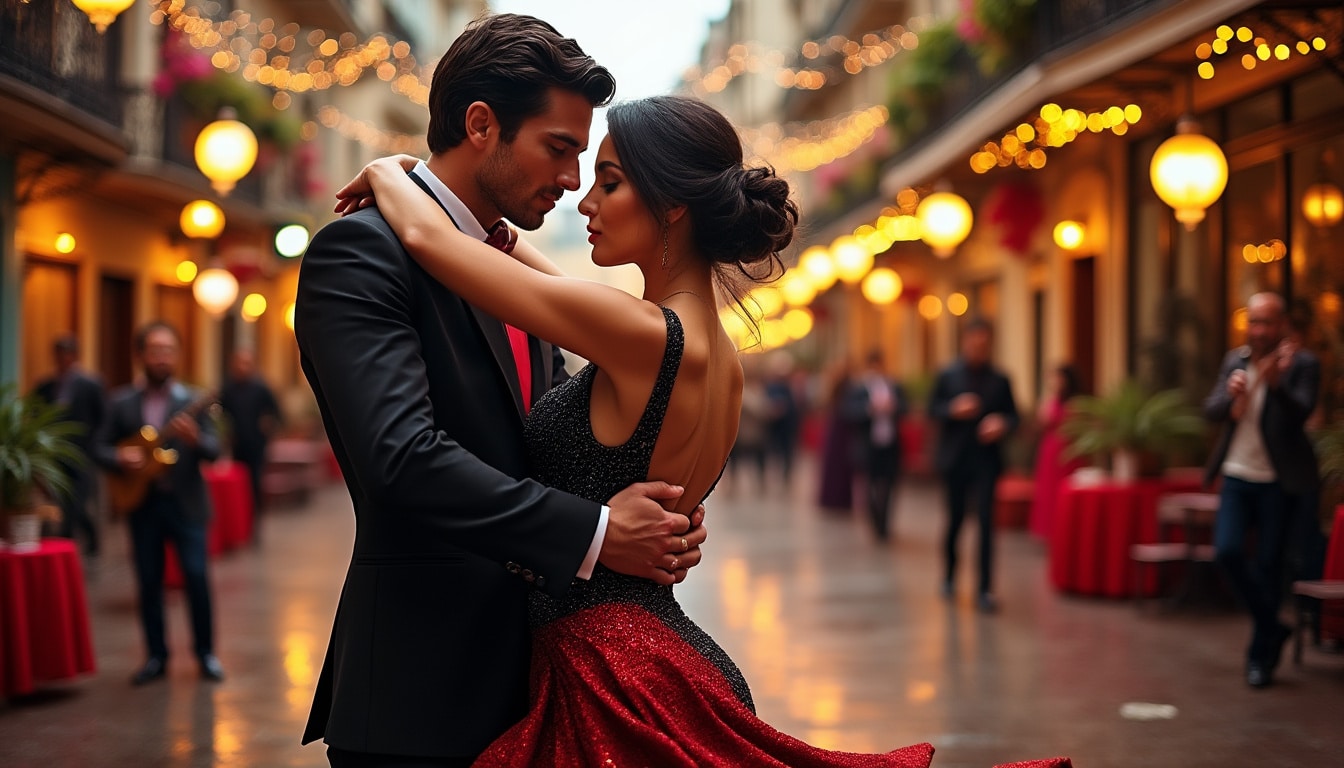
The Tango Influence on Modern Buenos Aires Culture
Beyond dance floors, tango influences many aspects of modern Buenos Aires culture. It inspires fashion with its sleek attire, affects language through its lyrics, and even influences local attitudes with its emotive expression. From street performances to high-end fashion shows, tango’s impact is pervasive. With artists like Astor Piazzolla blending traditional sounds with contemporary beats, tango continues to evolve, staying relevant across generations.
A Gastronomic Adventure: Discovering Buenos Aires’ Culinary Delights
Buenos Aires is famously known as a gastronomic paradise, where food is not just sustenance but a cultural celebration. One of the most distinctive dishes you’ll encounter is the milanesa, akin to a breaded beef or chicken cutlet, often paired with mashed potatoes or served in a sandwich. It’s a staple in Argentine households and a must-try for visitors seeking authentic taste.
But Buenos Aires’ cuisine is not limited to meat alone. As you explore, the city’s diverse culinary story unfolds, telling tales from immigrant influences that flavor every dish. Here are some of the must-try elements of Buenos Aires’ food scene:
- 🍝 Italian Influence: From homemade pastas to artisanal gelato, Italian heritage thrives here.
- ☕ Café Culture: Historic cafes like the Café Tortoni offer a glimpse into the city’s social history over a cup of rich coffee.
- 🥩 Asado: The traditional barbecue bringing families together over slow-cooked meat is an essential Argentine experience.
Buenos Aires’ food culture invites you to savor every bite amid ambient settings, from bustling street markets to elegant dining locales. Understanding the fusion of its flavors enhances your appreciation of the city’s inviting warmth.
The Ice-Cream Obsession: Why Buenos Aires Stays Sweet
Argentinians have a well-documented love affair with ice cream, and Buenos Aires reflects this passion extraordinarily. With ice-cream parlors like Freddo and Rapa Nui, offering a variety open late into the night, it isn’t uncommon for locals and tourists to indulge in a late-night sweet treat. The craftsmanship behind Buenos Aires’ ice-cream stems from Italian gelato traditions, finely tuned to the local palate, and promises delectability in every scoop!
Architectural Wonders: Exploring Buenos Aires’ Diverse Barrios
Buenos Aires is renowned for its eclectic architecture, mirroring its history and diverse influences. Walking through Buenos Aires’ neighborhoods, or “barrios”, reveals different architectural styles, each narrating a unique cultural tale.
The Recoleta barrio, for example, is famous for its lavish Beaux-Arts structures and the historically rich Recoleta Cemetery, the resting place of iconic figures like Eva Perón. Meanwhile, Palermo offers a contrasting modern vibe with trendy boutiques and art venues peppering its lively streets.
- 🏛️ Recoleta Cemetery: Known for its elaborate mausoleums and famous inhabitants.
- 🌳 Palermo Parks: Extensive green spaces perfect for picnics and leisurely strolls.
- 🎨 San Telmo: A barrio that retains the old-world charm with its cobblestone streets and antique markets.
While neighborhoods like La Boca exhibit vibrant colors and a dynamic immigrant history, featuring streets buzzing with art and music. It’s the home of the famous Boca Juniors and the football stadium La Bombonera, where the city’s passion for football is palpable.
Hidden Architectural Gems of Buenos Aires
Beyond the well-trodden paths lie hidden gems, including Buenos Aires’ mosques, Russian Orthodox churches, and Asian-influenced facades. These unique structures offer glimpses into the cultural tapestry that constructs the city’s landscape.
Unique Customs and Traditions: A Deeper Dive into Buenos Aires Life
Life in Buenos Aires is rich with traditions that reflect the city’s diverse heritage. For instance, the traditional Argentine drink mate, a yerba-infused tea, is more than a beverage; it’s a social ritual reflecting sharing and friendship. Similarly, the local custom of savoring late dinners around 10 PM is part of a relaxed dining culture embraced across Buenos Aires.
| Custom | Description | Significance |
|---|---|---|
| Mate | A yerba-infused tea often shared among friends | Symbolizes community and togetherness |
| Siesta | Afternoon nap that provides a break from work | Fosters work-life balance |
| Late Dinners | Meals often start around 10 PM or later | Encourages leisurely dining and conversation |
These customs, alongside events like the colorful Carnival or Friend’s Day, play an integral role in forming Buenos Aires’ vibrant lifestyle, attracting those who wish to experience its everyday magic.
Seasonal Celebrations and Special Cultural Days
Buenos Aires hosts numerous celebrations, such as National Tango Day in December and the annual Book Fair in August, reinforcing its cultural richness. These events bring the city to life, honoring tradition, art, and literature.
Whether it’s through the art of dance, culinary wonders, architectural beauty, or cherished traditions, Buenos Aires vividly paints a picture of a city that thrives on its past, present, and future. Dive into these delightful quirks and embrace the vibrant tapestry that is Buenos Aires.
FAQ: Fun Facts & Curiosities About Buenos Aires
Q: What is Buenos Aires most famous for?
A: Buenos Aires is renowned for its tango dance, historic sites like Recoleta Cemetery, vibrant barrios, and delicious cuisine such as milanesa and asado.
Q: How does Buenos Aires celebrate tango?
A: The city celebrates tango through festivals, performances in venues such as Café Tortoni, and public dances at milongas.
Q: What is a must-visit neighborhood in Buenos Aires for culture lovers?
A: San Telmo is a must-visit for those interested in the cultural heart of Buenos Aires, with its historic architecture and antique markets.
Q: How does ice-cream play a role in Buenos Aires culture?
A: Ice-cream is a beloved treat in Buenos Aires, with many parlors staying open late, offering a taste of the city’s Italian roots and local flavor.
Q: Why is mate so important in Buenos Aires?
A: Mate is more than just a drink; it’s a social ritual that represents friendship and community bonding in Buenos Aires culture.
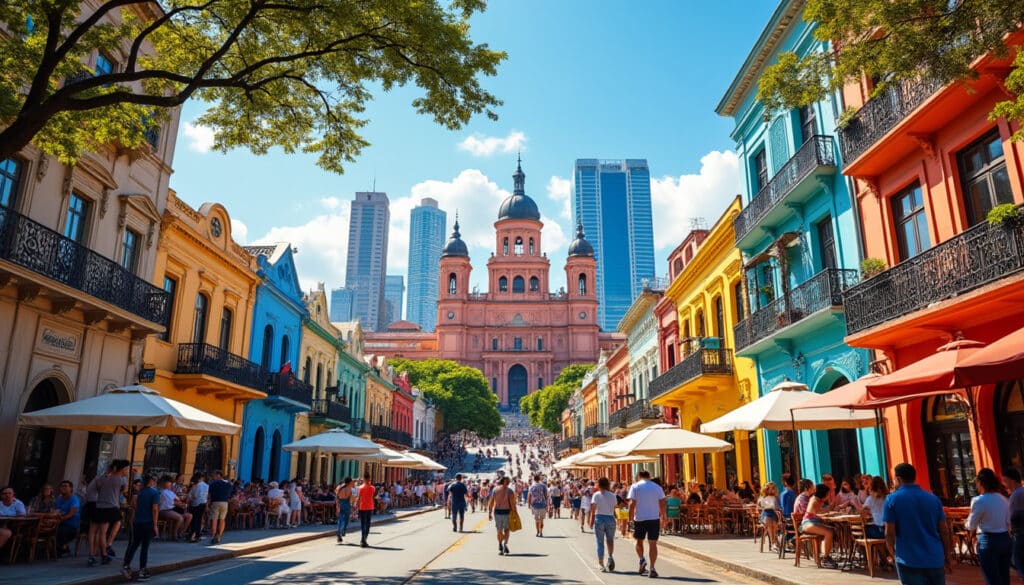
Architecture and urban features of Buenos Aires
Buenos Aires is renowned for its captivating architectural diversity, a melting pot of styles that reflect its rich cultural heritage. Known as both “The queen of the Río de la Plata” and “Latin America’s Paris,” the city’s landscape is a…
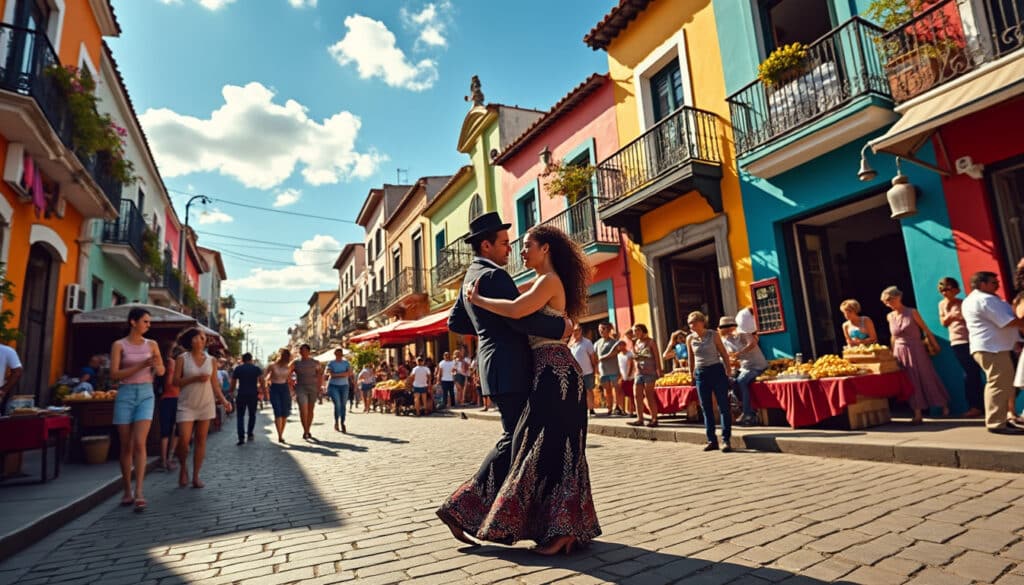
Basic facts about Buenos Aires
Buenos Aires, the vibrant capital of Argentina, is a city of inspiring contrasts and bustling energy. Famous for its rich cultural heritage and dynamic street life, it attracts travelers from all over the world. With its European flair and Latin…
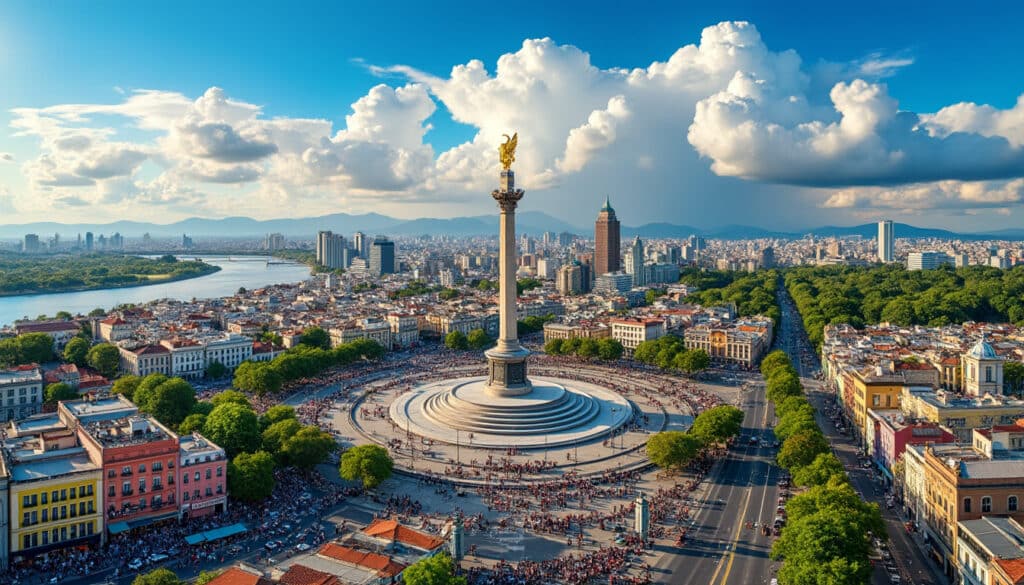
Demographics and geography of Buenos Aires
Buenos Aires, a city pulsating with energy, stands as one of the most influential urban landscapes in Latin America. Known for its captivating blend of European flair and Latin American warmth, Buenos Aires is rich in cultural diversity and historical…
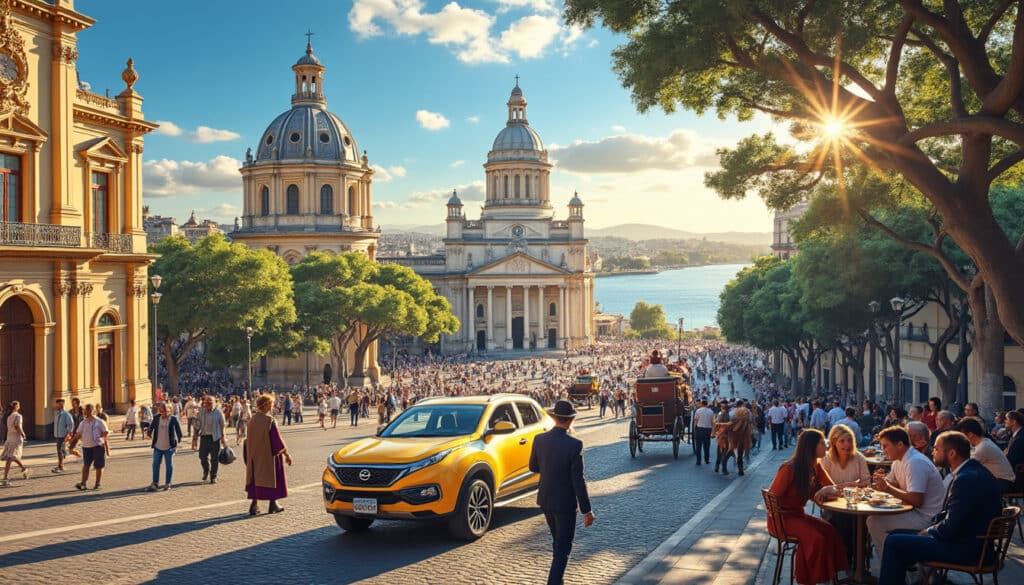
Buenos Aires, often regarded as the “Paris of South America”, carries a rich tapestry of history woven through its vibrant streets and iconic landmarks. From its roots as a colonial outpost to its current status as a bustling metropolis, Buenos…
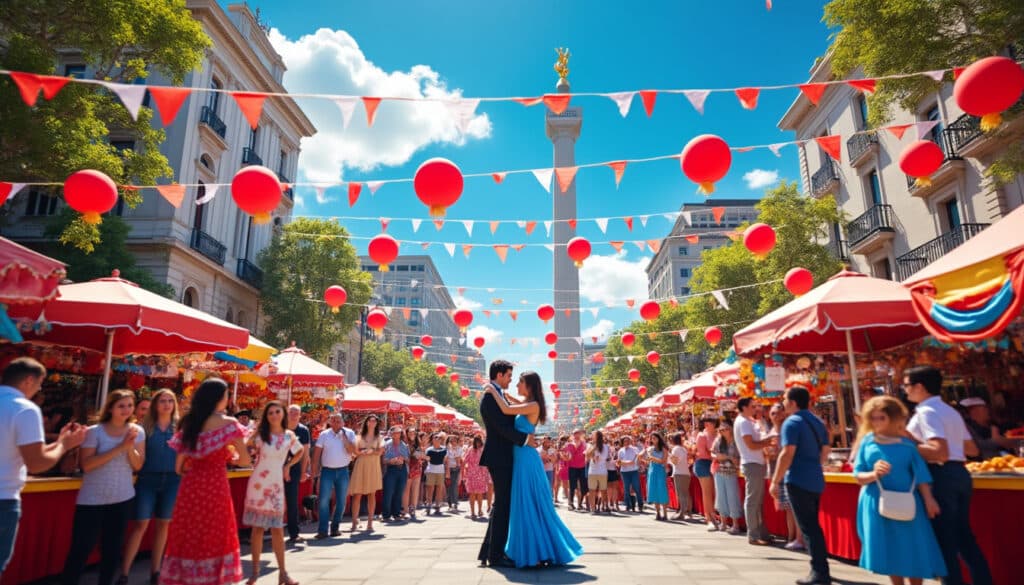
Holidays and celebrations in Buenos Aires
Buenos Aires, the enchanting capital of Argentina, is a city that thrives on celebrations, cultural diversity, and vibrant festivals. Its festive calendar is brimming with events that capture the essence of its rich history and multifaceted identity. From the iconic…

Language and spelling of Buenos Aires
Buenos Aires, often celebrated as the “Paris of South America,” stands as the vibrant capital of Argentina, rich in cultural diversity and linguistic variety. Known for its dynamic blend of European elegance and Latin American flair, Buenos Aires captivates millions…
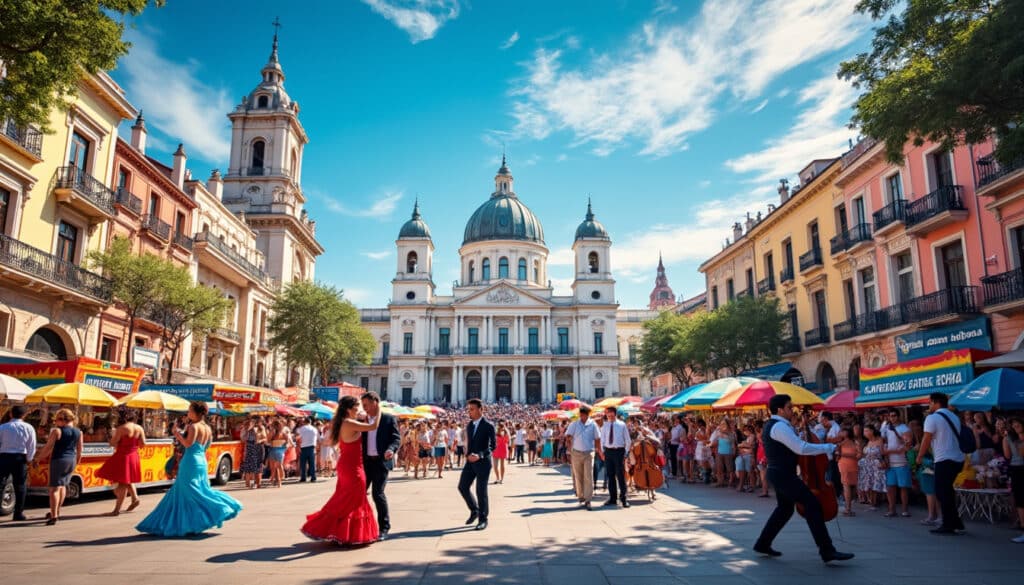
Local tips for tourists in Buenos Aires
Embark on an unforgettable journey through the vibrant streets of Buenos Aires, a city that seamlessly blends rich history with modern charm. For tourists visiting Buenos Aires, these insider tips will help you navigate the city’s hidden gems, culinary adventures,…
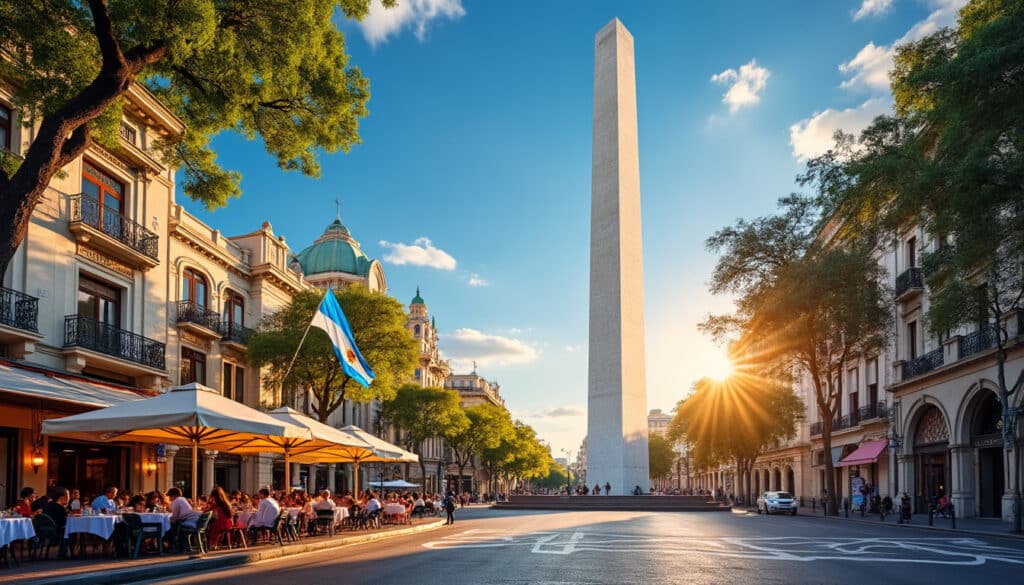
Names, flags, and identity of Buenos Aires
Buenos Aires, often dubbed the “Paris of the South,” is a city where history, culture, and identity intertwine in a dynamic tapestry. Beyond its vibrant streets, alive with the rhythm of tango and the aroma of mate, the identity of…
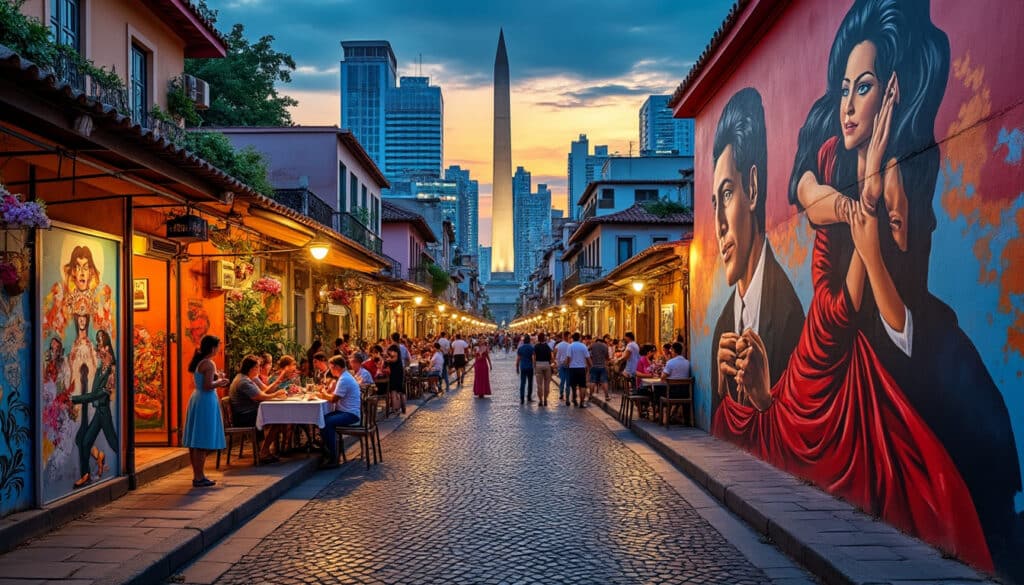
Reputation and identity of Buenos Aires
Buenos Aires, the capital of Argentina, stands as a testament to the rich history and cultural diversity that flow through its vibrant streets. Recognized for its European charm coupled with Latin American flair, the city offers a unique blend of…
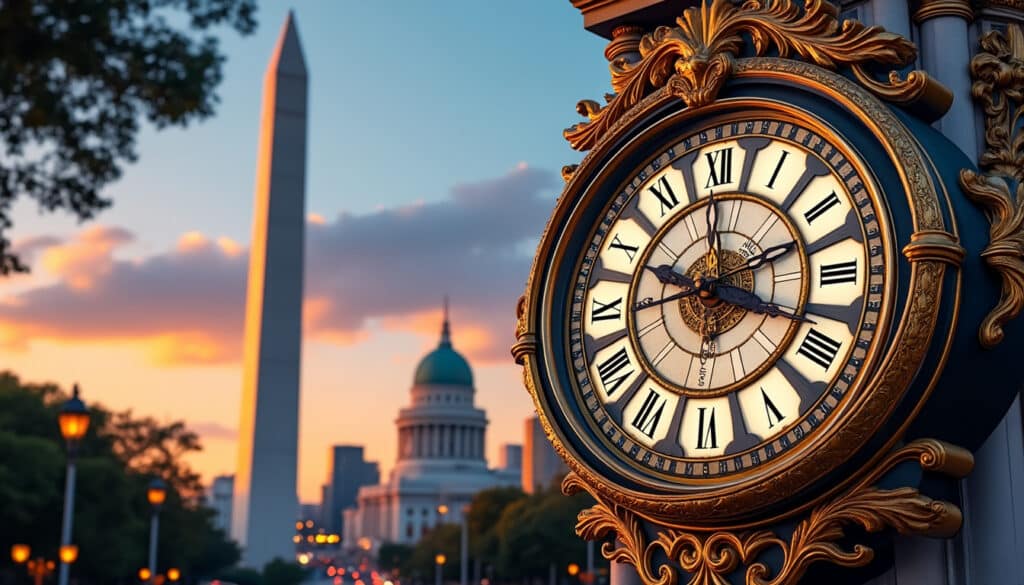
Time and time zone in Buenos Aires
Experience the vibrant ebb and flow of Buenos Aires, where time seems to waltz to the city’s unique rhythm. Understanding Buenos Aires Time is more than just setting your watch; it’s about immersing oneself into the heart of Argentina Time,…
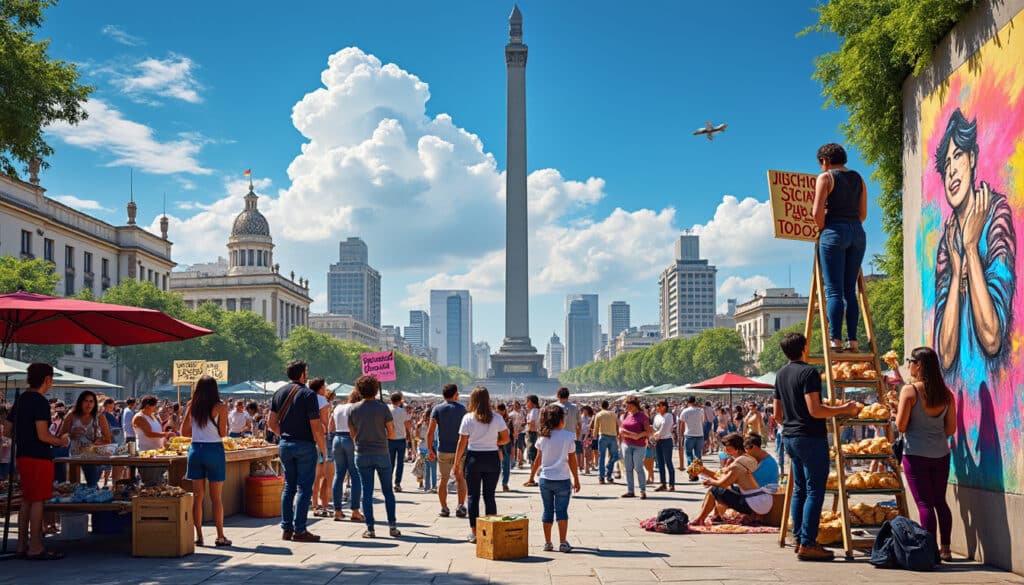
Unusual facts and social issues in Buenos Aires
Buenos Aires, with its captivating blend of old-world charm and dynamic modernity, captivates visitors and residents alike with many intriguing facets and pressing social issues. Behind the tango rhythms and lively street art lies a tapestry of unique cultural characteristics…
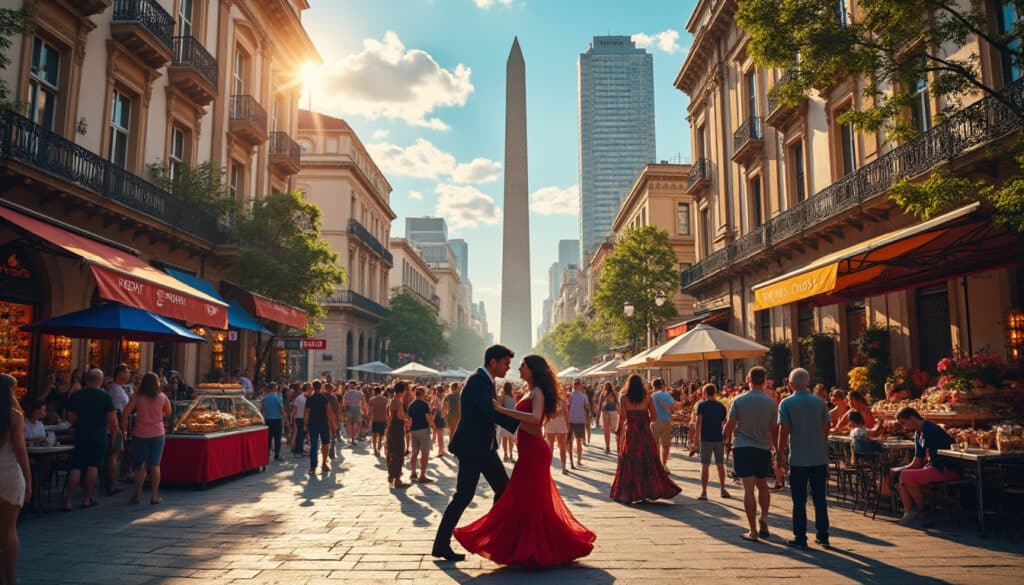
What does Buenos Aires look, smell, feel like?
Welcome to a city that dances even when you walk, a place where the rhythm never stops, and the sensation never fades. Buenos Aires, aptly known as the “Paris of South America,” invites you to explore its streets filled with…

